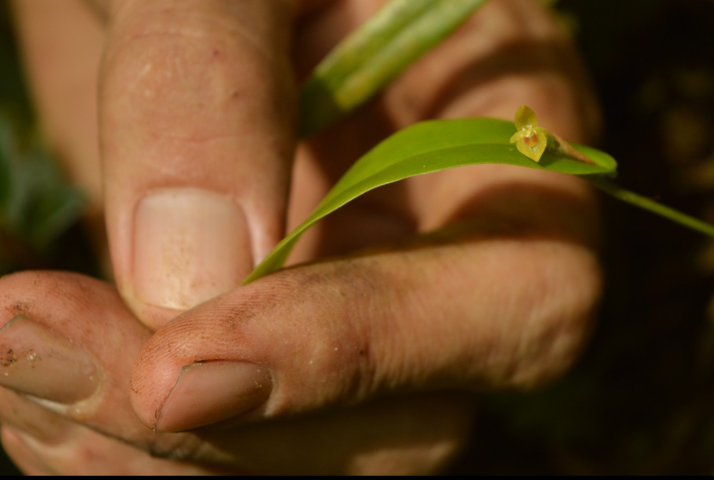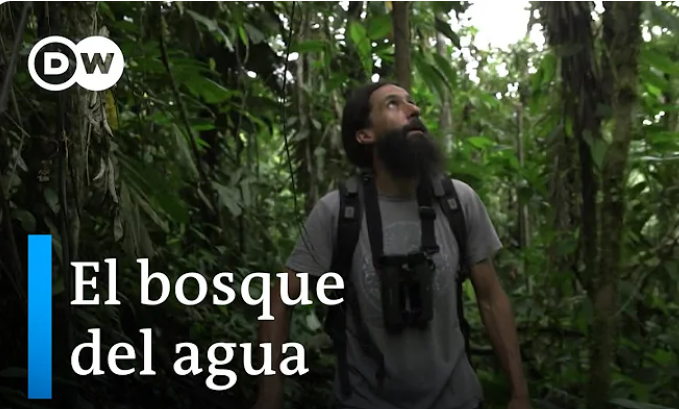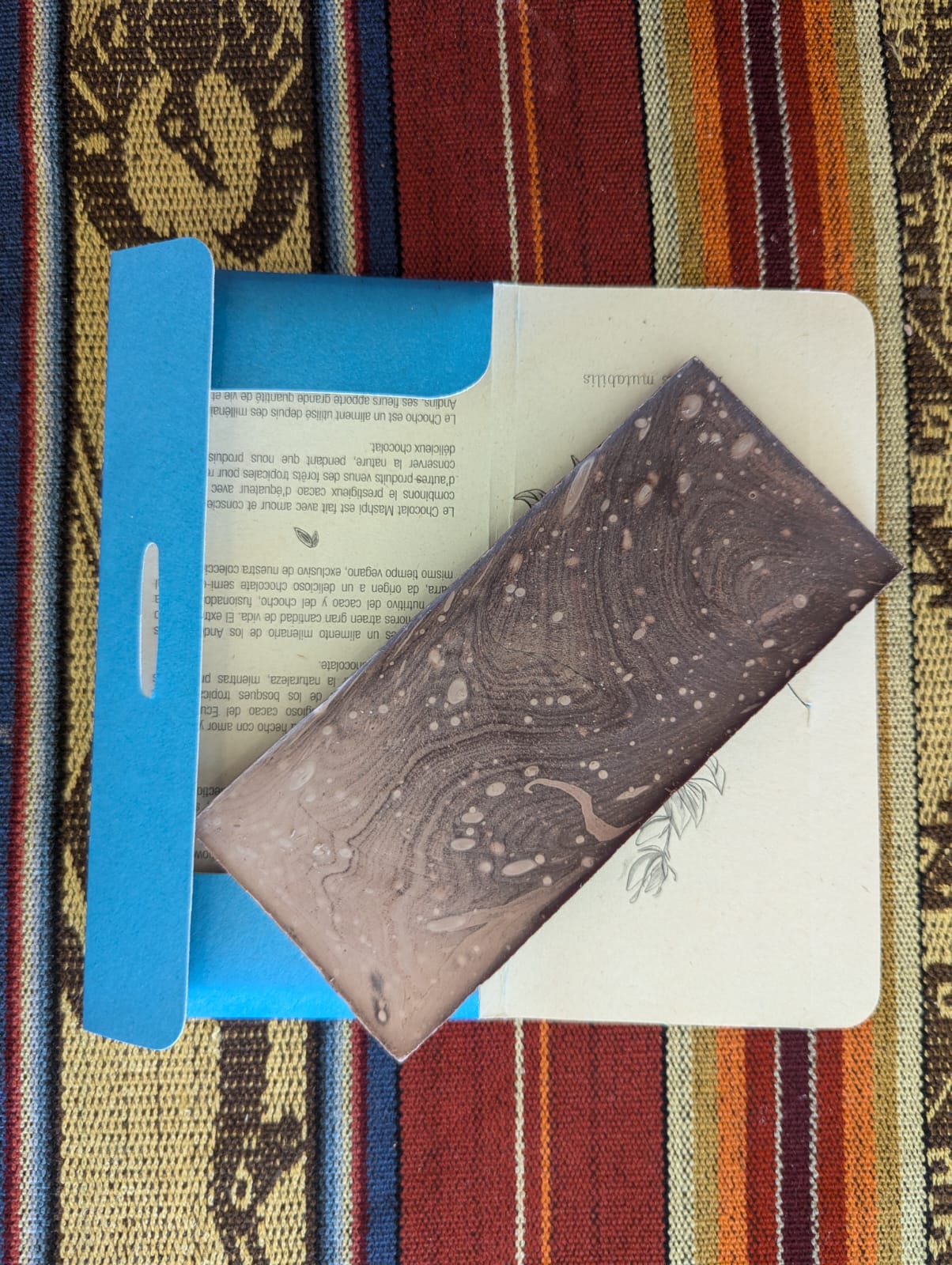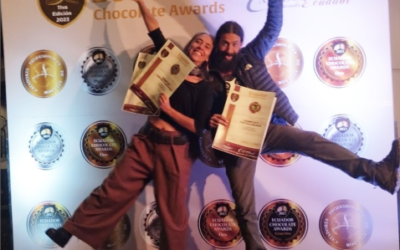(Recientemente, uno de nuestros lectores me hizo esta pregunta y pensé que merecía una publicación aparte. Hablar con Ale y Agus siempre es un soplo de aire fresco, y esto es lo que surgió de esa conversación. Como siempre, gracias por estar aquí y leerme).
En lugar de plantear la pregunta como "¿qué no ha cambiado?", me gustaría enfatizar que prácticamente todo ha experimentado una profunda transformación. Después de todo, la vida está en constante evolución. Los cambios positivos que hemos presenciado se alinean con los aspectos favorables de esta evolución. Sin embargo, es crucial reconocer que el cambio puede manifestarse negativamente, como fue evidente en la transformación de esta tierra, que una vez fue un bosque próspero transformado en un paisaje árido debido a la deforestación.
A nuestra llegada, nos embarcamos en un proceso de restauración ecológica y regeneración. Inicialmente centrados en la conservación y la restauración de especies nativas, pronto reconocimos la importancia del sistema agroalimentario. La región se caracterizaba anteriormente por el monocultivo y la ganadería, pero ahora se ha transformado en un bosque alimentario: un sistema agroforestal dinámico y complejo. Nuestra perspectiva sobre el suelo también ha cambiado; la tierra, antes vista como un simple recurso para la explotación, ahora se considera algo que atesoramos. Esta relación recíproca enfatiza que, como cuidadores de la Tierra, también nos nutre. Esta transformación se extiende a la energía del lugar: de una fuerza anteriormente destructiva a una profundamente creativa.
Otro cambio sustancial reside en nuestra forma de abordar la mano de obra. A diferencia del pasado, cuando los trabajadores eran vistos simplemente como herramientas para el manejo del ganado, consideramos a nuestro equipo como parte integral de nuestra comunidad y familia. Los salarios justos ahora son una norma, cumpliendo con las leyes laborales ecuatorianas y reconociendo todas las prestaciones correspondientes. Más allá de estas estipulaciones legales, creemos en un enfoque más holístico. Las relaciones que fomentamos se basan en la buena voluntad, el afecto y la interacción diaria. A diferencia de muchos proyectos donde las personas son meros monitores y ejecutores, nuestra presencia directa y continua en la tierra durante toda la duración del proyecto ha forjado una relación única y genuina con el espacio.





